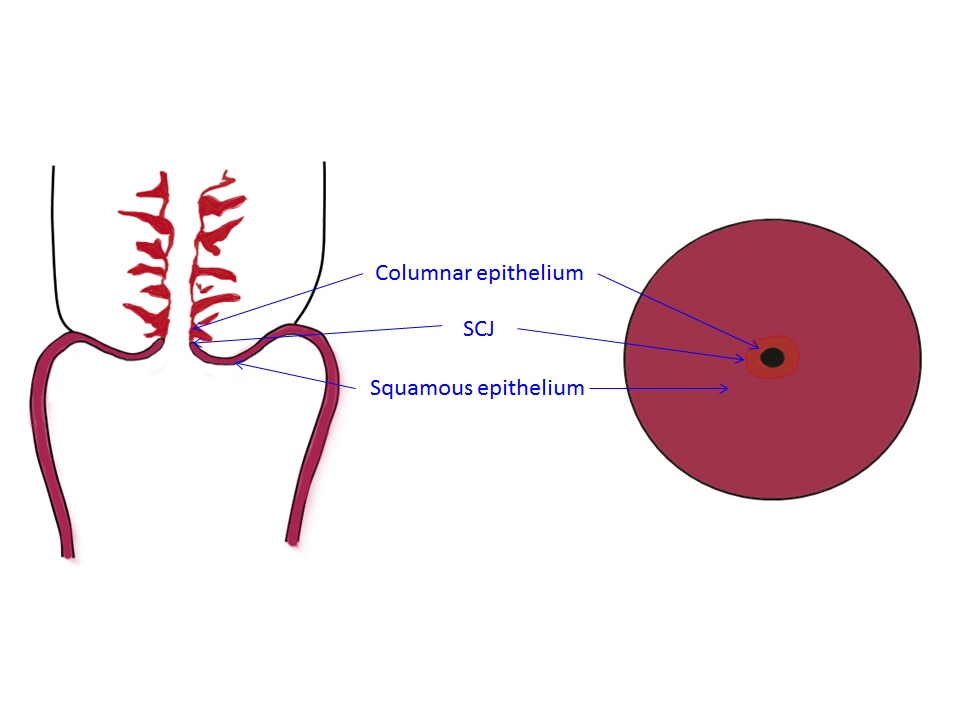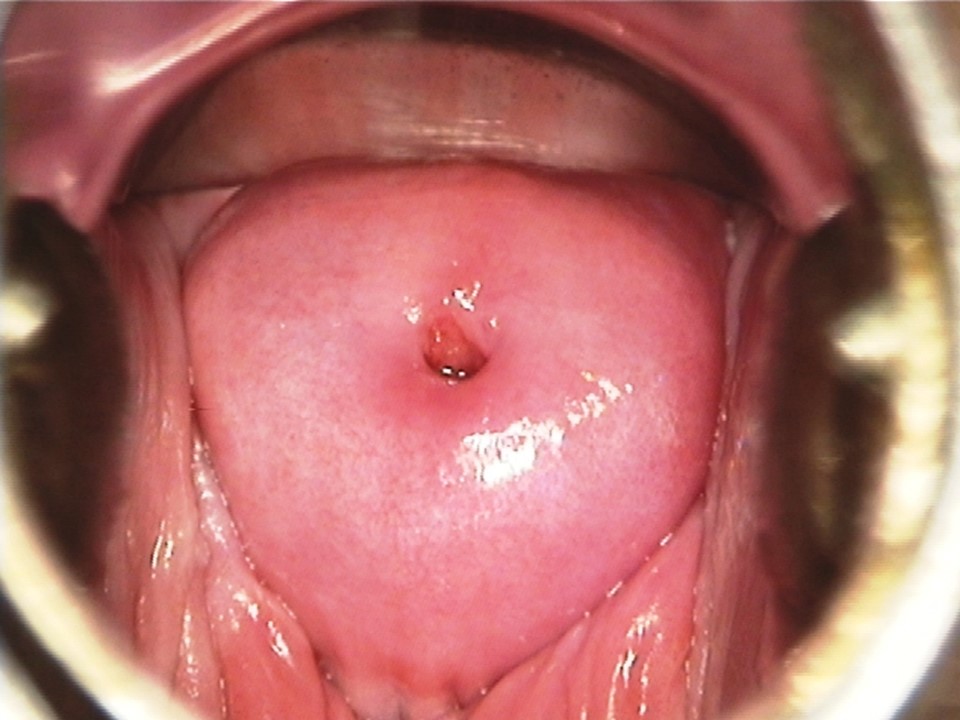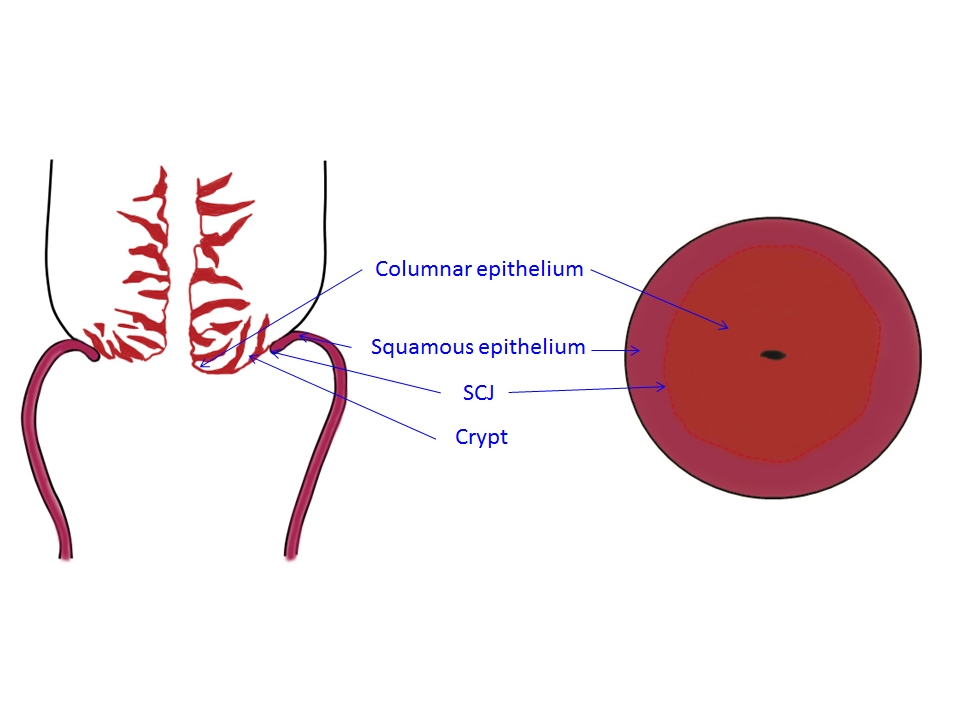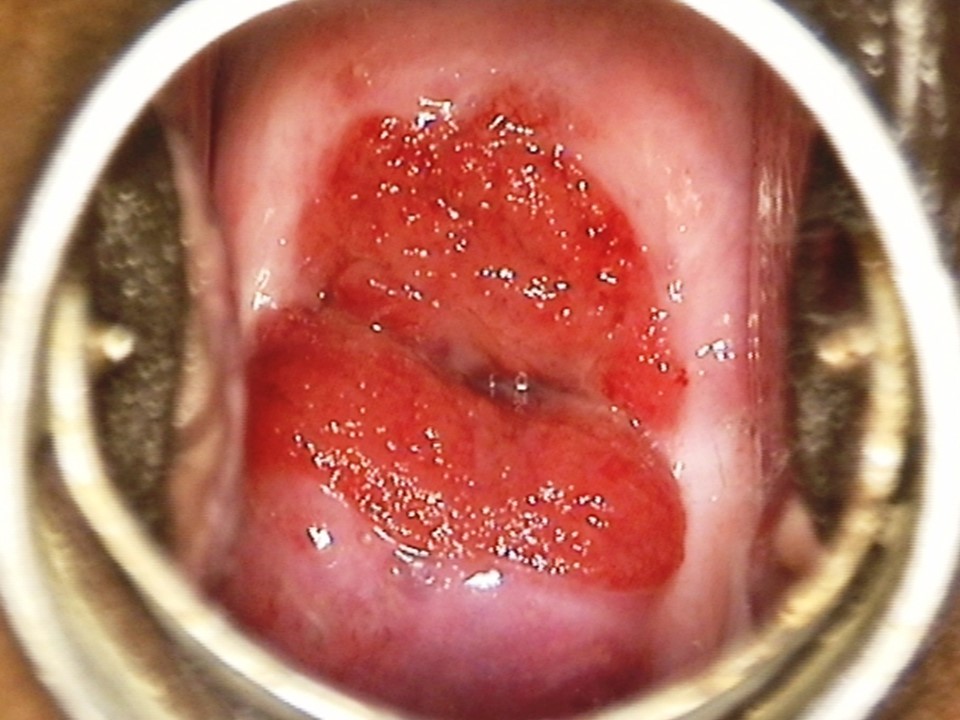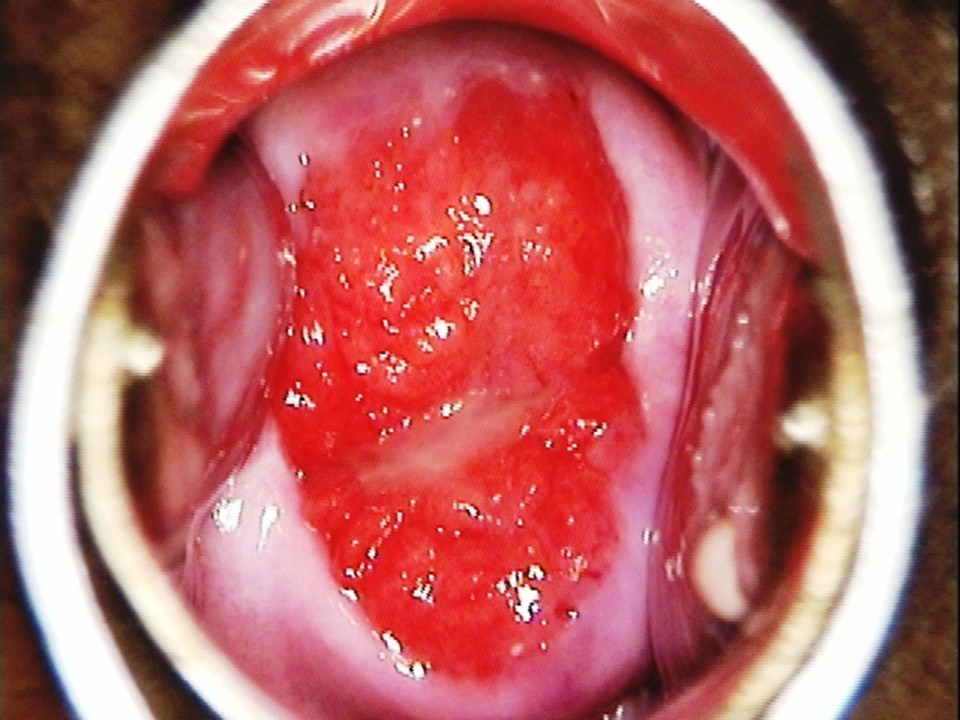Chapters
Introduction
Visual inspection after application of acetic acid (VIA)
Determining eligibility for ablative treatment after application of acetic acid
Anatomical considerations
Cervical epithelium
Physiological changes of cervical epithelium
Neoplastic changes of the cervical epithelium
Changes in the cervical epithelium after application of acetic acid
Instruments, consumables, and setup required for examination after application of acetic acid
VIA procedure
Interpretation of VIA test results
Preventing errors in VIA
Management of women with an abnormal VIA test
Steps to determine eligibility for ablative treatment
Role of Lugolís iodine in identifying the transformation zone for treatment
Treatment by cryotherapy
Treatment by thermal ablation
Videos
Preparation of Monselís solution
Infection prevention
Case study
Quiz
Acknowledgement
Suggested citation
Copyright
Home / Training / Manuals / Atlas of visual inspection of the cervix with acetic acid for screening, triage, and assessment for treatment
.png)
Click on the pictures to magnify and display the legends
Atlas of visual inspection of the cervix with acetic acid for screening, triage, and assessment for treatment
Filter by language: English / FranÁais / EspaŮol / Русский / українськаPhysiological changes of the cervical epithelium Ė Ectropion |
There are many normal variations (also known as physiological changes) of the cervix, which are essentially due to changes in the hormonal status in women. It is important for the VIA provider to identify these conditions and distinguish physiological variations from abnormal features of the cervix. At menarche (the onset of menstruation) and during the early reproductive period, the female genital organs develop under the influence of the hormone estrogen. The cervical epithelium undergoes gradual changes that can be seen on examination of the cervix. During childhood and until menarche: The ectocervix is almost completely covered by squamous epithelium and the SCJ lies close to the external os. At menarche and during the reproductive period: The cervix enlarges under the influence of estrogen, leading to eversion of the columnar epithelium out onto the ectocervix. As a result, the SCJ relocates and lies on the ectocervix at a variable distance from the external os. This condition, in which the columnar epithelium is present on the ectocervix, is known as ectropion or ectopy. Ectropion is visible as a red velvety patch of variable size on the ectocervix around the external os. Because ectropion is a physiological condition, it does not require any treatment and disappears on its own with advancing age. The woman may complain of excessive mucoid vaginal discharge and/or slight bleeding (spotting) after intercourse. The next section discusses further changes of the cervical epithelium that occur with advancing age. |
Click on the pictures to magnify and display the legends
IARC, 150 Cours Albert Thomas, 69372 Lyon CEDEX 08, France - Tel: +33 (0)4 72 73 84 85 - Fax: +33 (0)4 72 73 85 75
© IARC 2025 - All Rights Reserved.
© IARC 2025 - All Rights Reserved.




